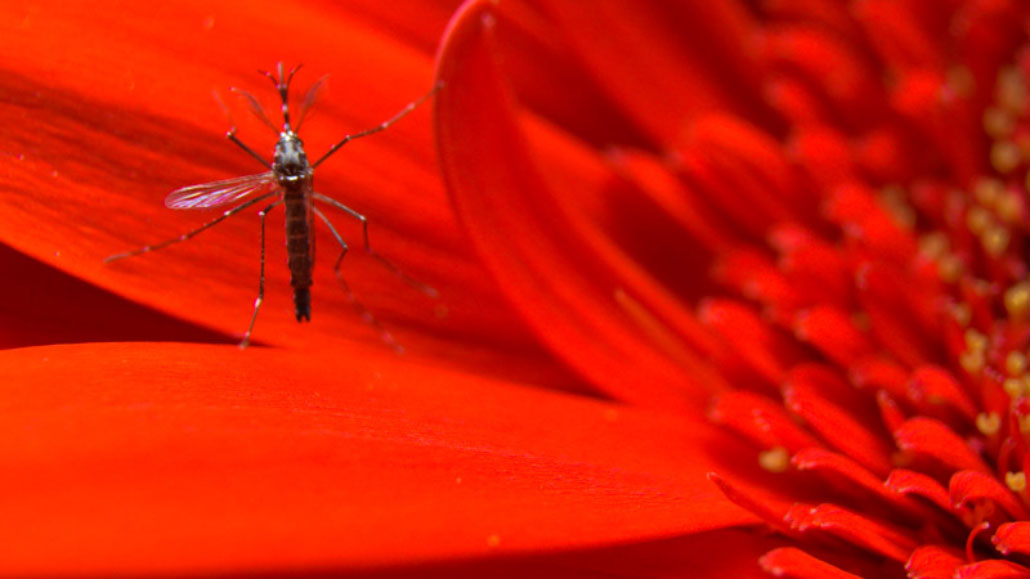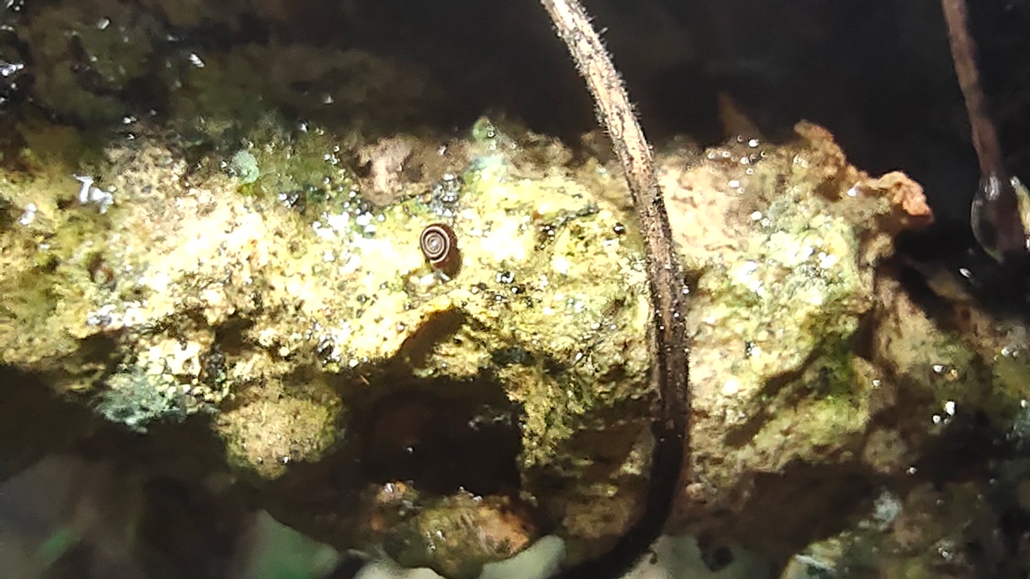A story doesn’t necessarily end once it goes online. Here, Science News offers status updates on some evolving stories we reported on earlier this year.
Tulsa massacre answers
This year marked the 100th anniversary of a race massacre in Tulsa, Okla., in which a mob of white people invaded the prosperous Black neighborhood of Greenwood. The death toll is estimated to be in the hundreds, though the exact number is unknown, as is the exact location where victims were buried. In May, Helen Thompson reported on a collaboration between scientists, historians and community leaders to investigate an area in Oaklawn Cemetery that may hold a mass grave of victims (SN: 5/27/21).
Update: In June, archaeologists announced they had found 34 coffins at Oaklawn and were analyzing remains from 19 of them. Preliminary findings suggest the remains belonged to children and adults, forensic anthropology lead Phoebe Stubblefield said June 25 at a news conference. Based on skull facial features, “ancestry so far when we can detect it has been primarily of African descent,” she said. One man had a bullet embedded in his shoulder, along with trauma consistent with expectations for the massacre’s victims, the project’s archaeology lead, Kary Stackelbeck, told Science News in November. The full analysis, expected to be released in early 2022, aims to determine the race, sex, age and any trauma patterns of all the recovered individuals. Those results will help determine the project’s next steps.
“This process has been a very sobering, very powerful experience,” Kavin Ross, chairman of the public oversight committee, said at the news conference. “We are so hopeful for more findings.”
Finally, a malaria vaccine
In June, Erin Garcia de Jesús reported that two malaria vaccine candidates showed promise in small clinical trials (SN: 6/30/21). One jab — tested in children in Burkina Faso — had 77 percent efficacy against malaria symptoms. The other, tested in adults from the United States, had around 87 percent efficacy against infection when paired with infection-fighting drugs. The results sparked hope that the world’s first approved malaria vaccine would soon become a reality.
UPDATE: Well, it happened, but for a different vaccine. In October, the World Health Organization gave a thumbs up to a vaccine that was further along in testing, approving it for children who live in sub-Saharan Africa and other places with the deadliest species of the malaria-causing parasite, Plasmodium falciparum. Of the estimated 409,000 people who died from malaria in 2019, two-thirds were under age 5. Although groundbreaking, the vaccine — called RTS,S or Mosquirix — is not a magic bullet. The four-dose regimen prevents only about 4 in 10 malaria cases and 3 in 10 severe cases. Still, RTS,S plus existing tools could “save tens of thousands of young lives each year,” WHO Director-General Tedros Adhanom Ghebreyesus said in an October 6 statement.

GM mosquitoes hatch in Florida
After about a decade of fierce debate, genetically modified mosquitoes flew free in the United States for the first time. Starting in April, modified eggs were deposited in several test spots in the Florida Keys, Susan Milius reported (SN: 5/14/21). Designed as living pesticides by the biotech company Oxitec, male GM Aedes aegypti mosquitoes mate with local females of this hard-to-eradicate species and pass along a gene that kills daughters in the wild before they can bite. Sons grow up to trick more females into doomed mating. Eventually, the population of this spreader of dengue and Zika should dwindle.
Update: GM males that hatched from eggs succeed in wooing Floridian females, test watchers report. After two temporary stops for big storms, managers restarted periodic releases and kept tests running into November. In August, Oxitec asked the U.S. Environmental Protection Agency to allow two more years of testing in the Keys. The company also asked to start testing in to “up to 84,600 total acres” in California, which identified its first Ae. aegypti mosquito in 2013. Today, the pest is scattered throughout the state. In California, travelers account for all of the state’s dengue and Zika cases. But Ae. aegypti might someday spread these diseases within the state.

Wildfire extinction threats
In March, John Pickrell reported on how Australia’s wildlife was faring a year after the country’s devastating 2019–20 wildfires. Experts feared that more than 500 species may have become endangered — and some even extinct (SN: 3/9/21). While some of these species were charismatic marsupials such as the koala, many were plants and invertebrates that typically garner far less attention.
Update: A larger analysis published in July showed that as many as 14,000 invertebrate species had some part of their ranges badly burned by the fires. Jess Marsh, an arachnologist at Murdoch University in Perth, Australia, says that researchers are formally adding 60 of about 240 invertebrate species that earlier in the year they suspected had become endangered to the International Union for Conservation of Nature’s Red List of Threatened Species. But in a rare piece of good news, surveys in March and September turned up multiple individuals of two species that researchers had feared were extinct: the Kangaroo Island assassin spider (Zephyrarchaea austini) and Palethorpe’s pinwheel snail (Rhophodon palethorpei). Finding two assassin spiders that had managed to hang on in a tiny patch of unburnt habitat was “amazing,” Marsh says.



